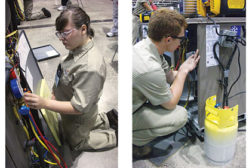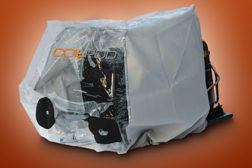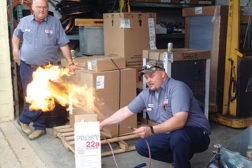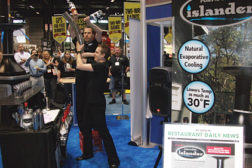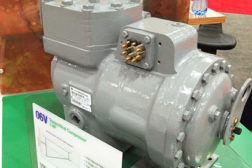Articles by Peter Powell
Educators Adapt Courses to New Technologies, Regulations
Read More
Restaurant Owners Desire Productive, Low-Maintenance Ice Equipment
Energy Efficiency, Sizing, Cleanliness Key Factors in Choosing Ice Equipment
Read More
Research and New Products Guiding Food Service Sector
Examining Efficiency, Effectiveness of Familiar Equipment
Read More
HCs: Revisions, Efficiencies, Warnings
Examining, Tweaking, and Considering the Legality of Hydrocarbon Refrigerants
Read More
Restaurant Applications on Display at NRA
Contractors Find Expertise Needed Beyond Ice Machines, Freezers, Coolers
Read More
Microchannel Coils Heading Toward Refrigeration Applications
Residential Market Expands to Commercial HVAC; Refrigeration on Deck
Read More
Copyright ©2024. All Rights Reserved BNP Media.
Design, CMS, Hosting & Web Development :: ePublishing
